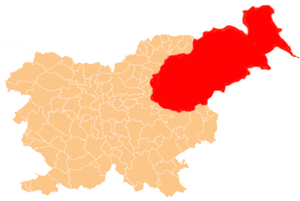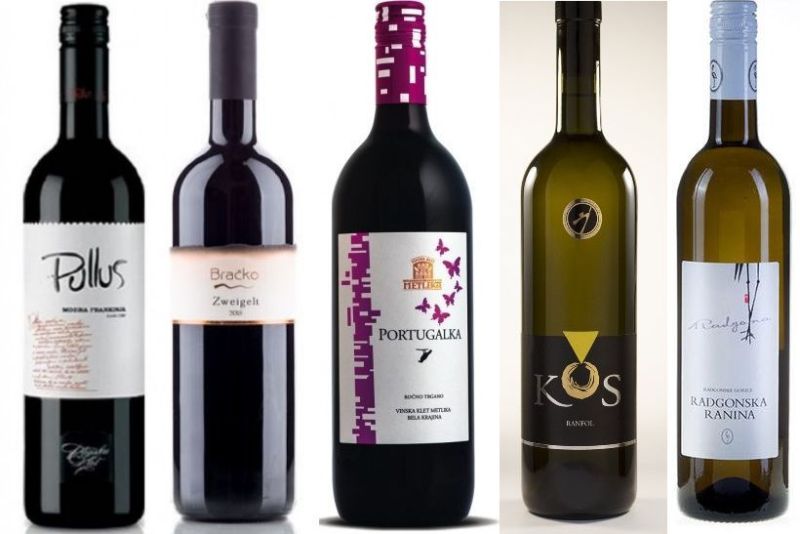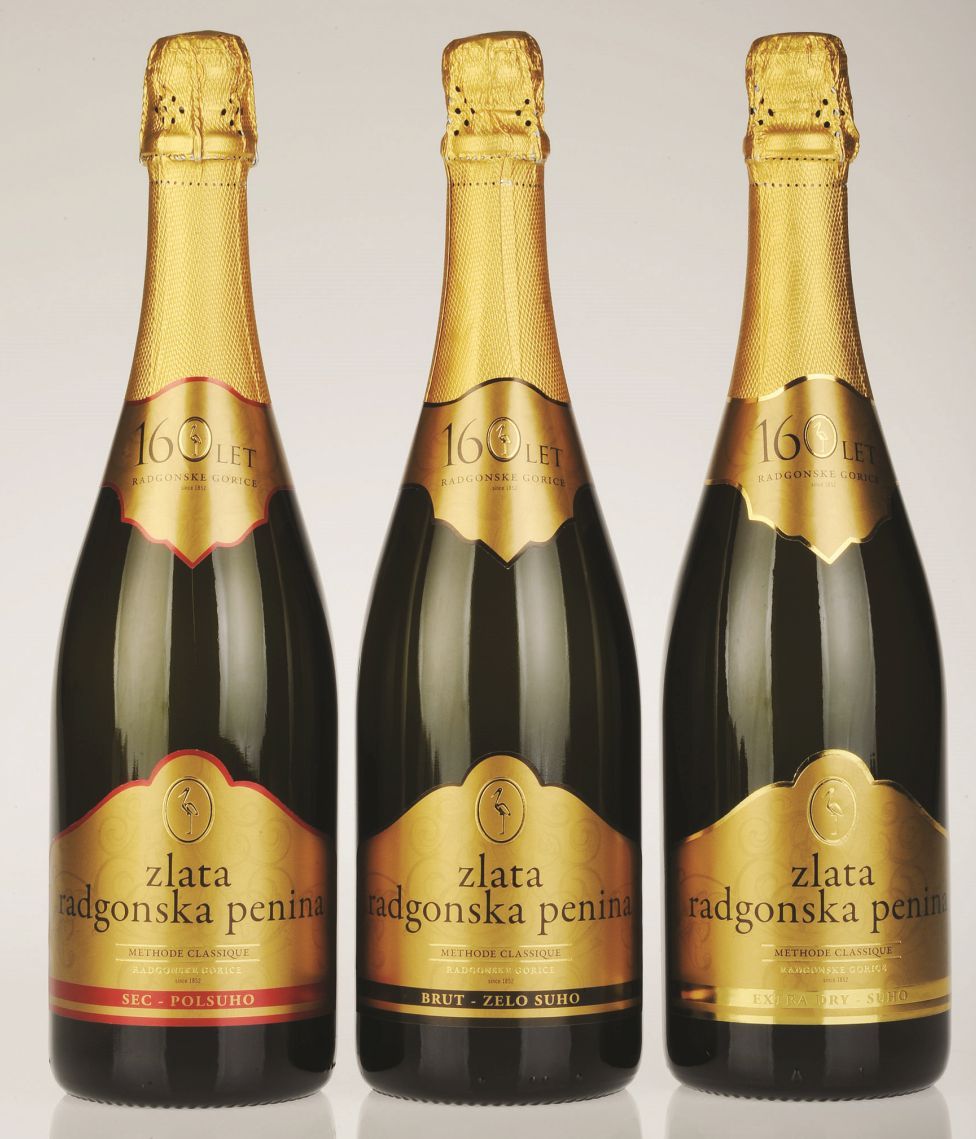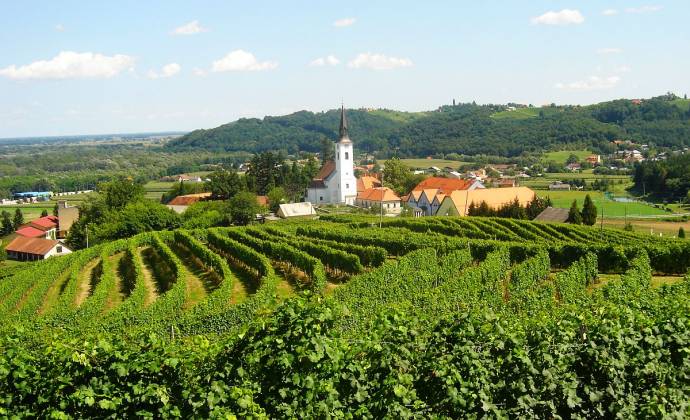January 14, 2018
Compared with bigger wines of the Littoral, the fruit and flower wines of Podravje are on the elegant side of the Slovenian wine landscape, with “big” meaning a stronger palate of flavours while “elegant” usually stands for milder, more drinkable wines.
The Drava Wine growing region (or Podravje) consist of two sub regions, Styria and Prekmurje (literally “across the Mura River”) and is characterized by the Pannonian climate. This means greater differences between day and night temperatures, relatively dry (and sunny) summers and real winters that can, unfortunately, if cold enough, cause a lot of damage not just to the yield, but also to the vineyards themselves.

A colder climate also brings more acidity. In order to bring the levels of unwanted acidity down, biological decomposition of this is allowed, which occurs spontaneously under proper conditions after the alcoholic fermentation is completed. Biologic decomposition of acidity, also known as malolactic fermentation, is a process in which malic acid is decomposed to less acidic lactic acid. As the yeasts which cause the process reside in the sediment (or lees), the process, in case it needs to be avoided, can be terminated by separation of the liquid from the lees, a process known as racking, and this is then followed by sulphuring. The racking process, that is pouring young wine from one container to another in such a way that the sediment stays at the bottom of the previous one, is repeated several times during the aging of wine, as is sulphuring, a somewhat controversial process that aims to end unwanted microorganisms.
The difference between wines from the north and those of the same variety coming from the south has been lessening in the last decade or two, mostly due to the effects of global warming, which among other things causes grapes in Podravje to mature earlier. Nevertheless, the difference in vine variety preferences remains strong between north and south, especially with regard to the colour – white varieties are predominant in the north, while red are preferred in the south.
The most common vine variety in Podravje is Laški Rizling (also Welschriesling or Riesling italien blanc). The vine originally came from Champagne, France, and occupies about one third of all winegrowing areas in Drava Wine-growing Region. Šipon (also Furmint or Moslavac), Renski rizling (Riesling) and Chardonnay follow, with about ten percent area taken by each.

Red vine varieties account for only about three percent of the production in Podravje, and mostly consist of Modra Frankinja (Blaufränkisch), Modri Pinot (Pinot Noir) in Zweigelt.
Recent DNA analysis showed that Modra Frankinja alongside another internationally popular variety Portugalka (Portugieser blauer, Portugais noir) originates from Styria, that is, Podravje itself. Unlike other autochthonous varieties, which have been reintroduced to the market only recently and in very limited supply, such as Ranina of Radgona and Ranfol of Ptuj (both white, both from Styria), Modra Frankinja is in fact a very popular international vine variety that can be found in almost every Slovenian supermarket.

Podravje is also very well-known for its blends, mostly based on Laški Rizling, which often bear the names of the borough where the vine grows and the wine has been made. The most common examples are Janževec (from Janžev Vrh, Radgona), Haložan (from Haloze), Jeruzalemčan (from Jeruzalem, Ormož), Ljutomerčan (after Ljutomer)...
In case you are a sparkling wine (penina) lover, Gornja Radgona also produces a variety of these, differing in terms of fermentation method or level of sweetness. The bottles are marked with a stork, and since I wrote about the levels of sweetness as marked on ordinary wine bottles last week, I have to mention that the story is slightly different when we talk about the sweetness of sparkling wine. If you don’t like your sparkling wine to be sweet, go for “Brut” or “Extra dry”, while “Sec” (Dry) and “Demi Sec” (Medium dry) are, especially in the case of the latter, already on the sweet side of the spectrum.

Sparkling Wine of Radgonske Gorice
Next week we’ll look into the wines of the Littoral. Na zdravje!



